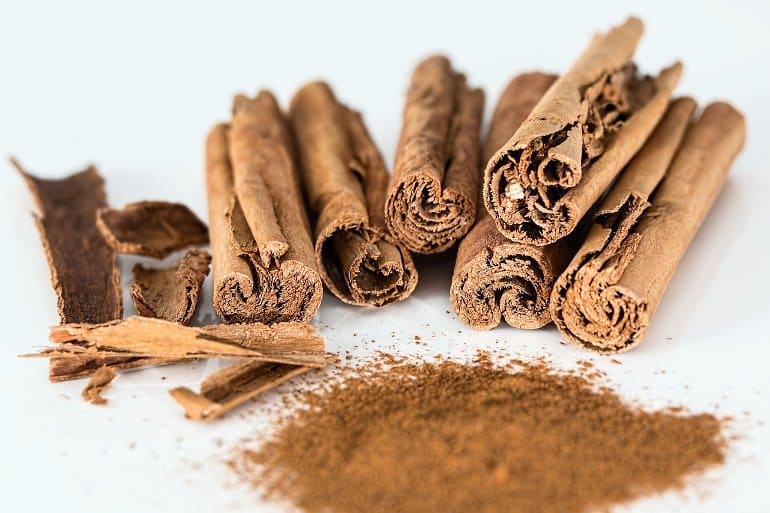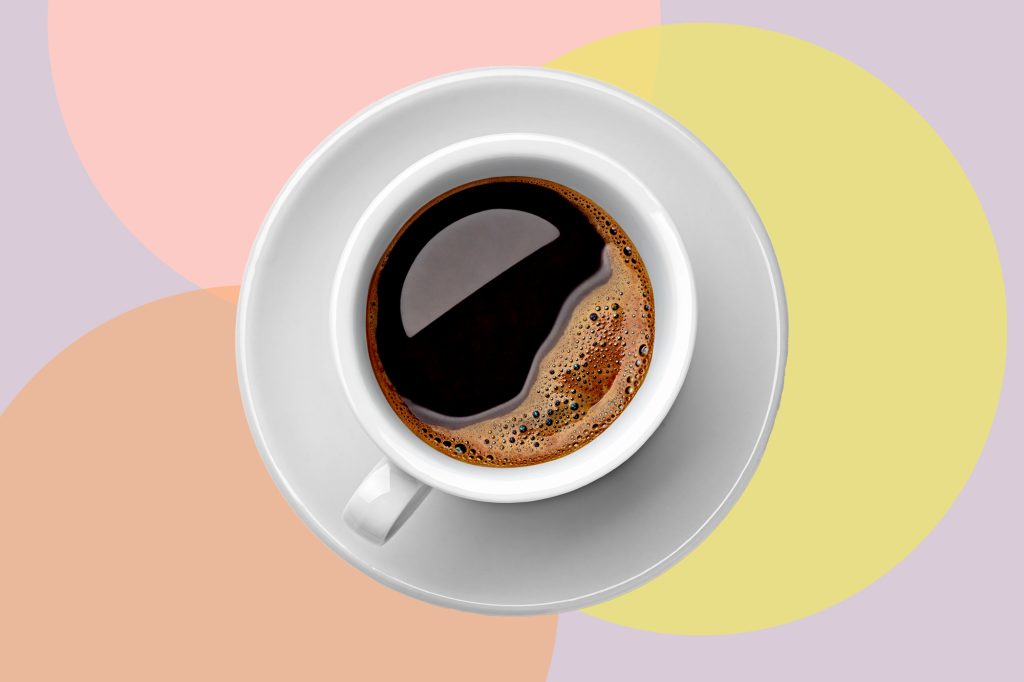Faster cognitive decline linked with food insufficiency
A recent study discovered that a lack of meals is linked to a quicker deterioration in cognitive function. Researchers examined information on thousands of people’s levels of food insecurity, cognitive health. Also, participation in the Supplemental Nutrition Assistance Program of the US federal government.
Those who don’t eat enough may have cognitive impairment due to poor nutrition or stress by significant financial difficulty. It prevents them from purchasing the food they require. Over the ten-year period from 2007 to 2016, the percentage of older persons in the United States who go without meals, frequently due to a lack of financial resources, more than doubled from 5.5% to 12.4%.

Number of young people going hungry has decreased because to initiatives like the U.S. Supplemental Nutrition Assistance Program (SNAP). According to study, older women who live alone in particular have had less success with their efforts than other senior people.
Age-related physical limitations and the risk of malnutrition and depression are more prevalent. This is among older adults who are food insecure. According to a recent review of SNAP data, there is also a link between older adults who are food insecure and cognitive impairment that happens more quickly.
A quicker rate of cognitive deterioration was observed in those who were SNAP qualified. It based on their income but did not take use of the programme. This pace was comparable to what would be anticipated if a person were 4.5 years older than they actually were.
Four years of brain ageing can be substantial for an older individual. When compared to individuals who had enough nourishment, those who did not showed a larger cognitive deterioration. This is equivalent to ageing by 3.8 years. The rate of mental decline was lowest in those who received enough meals.
Tying a lack of food to cognitive function
Data from 4,578 Medicare beneficiaries who were 65 years of age or older and took part in the National Health and Aging Trends Study (NHATS) from 2012 to 2020 were examined by the study’s authors.
As part of its yearly follow-up with participants, NHATS gathered data. Based on sociodemographic situation, social, physical, and technological settings, medical comorbidities, and cognitive function.
People’s responses to questionnaires about food insecurity were used as the basis for categorising them. As having enough food or not having enough, and their SNAP status was noted as part of NHATS. Participants in the new study were evaluated according to which of three groups they belonged to:
- SNAP recipients
- Non-participants who were SNAP-eligible, that is, non-participants who were making up to or less than 200% of the federal poverty threshold.
- Non-participants who are SNAP-ineligible and make more over 200% of the federal poverty level.
Dr. Daniel P. Miller of Boston University, an expert on poverty and food insecurity who was not engaged in this study, clarified the critical distinction between “food insecurity” and “food insufficiency”.
Food insufficiency is just a statement about not having enough food to eat, as opposed to food insecurity, which is a condition of hardship where families struggle to put the correct kinds of food on the table due to a lack of money or other financial means.
He pointed out that, as opposed to food insecurity in the traditional sense, the focus of the current study was on food insufficiency.
Causes of food insecurity
According to Dr. Miller, economic hardship is mostly to blame for food insecurity. At an era of rising expenses for everything from food to health, he noted that older persons on fixed incomes are most at danger.
The definition of food insecurity according to the NHATS also included “non-financial constraints such as poor functional status, lack of social supports, and lack of access to food,” according to Dr. Colleen M. Heflin of Syracuse University, who was not engaged in this study.
Dr. Heflin stated that these access measures “are likely to be particularly significant for older persons who may need assistance acquiring food due to health restrictions, poor driving ability, and geographic isolation.”
Possible connection
Although the study found a link between dietary insufficiency and cognitive decline, because it was conducted over time, it was unable to determine whether a shortage of food causes cognitive impairment or the other way around.
Due to the challenging administrative procedures involved in proving programme eligibility, Dr. Heflin lamented that “my own data implies that cognitive impairment can function as a barrier to SNAP participation among older persons eligible for the programme.”
There are two likely causal mechanisms connecting food inadequacy to cognitive impairment, according to Drs. Heflin and Miller.
The first is a deficiency in crucial minerals and vitamins that support overall health, including brain function. Dr. Miller suggested that we should anticipate slower overall cognitive decline in elderly persons who are food insecure but instead expect greater reductions.
He did add, however, that research looking at the relationship between nutrition and cognitive decline have come to inconsistent results. Both experts agreed that long-term financial stress could be the second most likely causative mechanism. Dr. Heflin added that “stress exposure is linked to a higher rate of cognitive impairment.”
The importance of SNAP
A “electronic benefits transfer” card from SNAP allows users to make food purchases at approved retailers while also providing financial assistance. Dr. Heflin stated that SNAP participants consume more food at home and food of a higher quality than non-participants.
SNAP non-participation, according to Dr. Miller, is a “particularly important” indicator of future food insecurity. However, he continued, participation in the programme is lower than it could be, particularly among the elderly.
Dr. Miller pointed out that in 2020, just 47% of eligible older persons over the age of 60 joined in the programme, despite the fact that 78% of people of all ages who were eligible for SNAP did so.
A looming crisis?
Over 6 million Americans, according to the Centers for Disease Control and Prevention, suffer from Alzheimer’s and associated dementias. An estimated 14 million people will have Alzheimer’s by 2060, according to predictions.
The most vulnerable communities could be those of race. The number of cases among Latinos might rise seven times over current projections. There may be four times as many instances among African Americans as now anticipated.
In order to help prevent dementia, a new community-based programme in San Francisco will concentrate on established risk factors that may be changed. A model “Brain Health Program” being launched by Posit Science and the YMCA with funding from the National Institutes of Health.
Adults who are at risk for crime will be able to take classes through the initiative, which will launch in six months. The fundamentals of diet and nutrition the YMCA has been utilising in its Diabetes Prevention Program will be covered in some of the training.
REFERENCES:
- https://www.healthline.com/health-news/how-ultra-processed-foods-hasten-cognitive-decline
- https://www.medicalnewstoday.com/articles/dementia-and-diet-is-there-a-link
- https://foodmatterslive.com/article/food-insufficiency-linked-to-faster-cognitive-decline-study-shows/
- https://neurosciencenews.com/food-insecurity-cognition-aging-22532/
For more details, kindly isit below.








